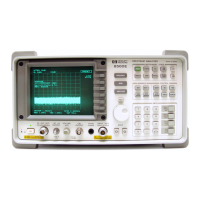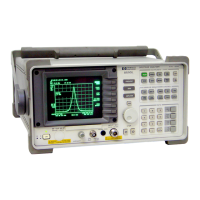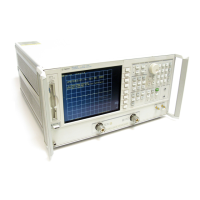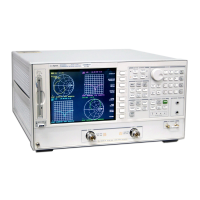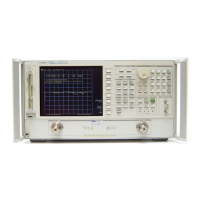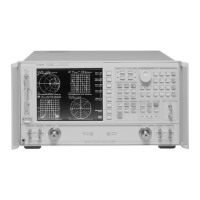Setting Attenuation and/or Power Levels How to Use a Variable Optical Attenuator module
208 Agilent 8163A/B, 8164A/B & 8166A/B Mainframes, Sixth Edition
Preconditions
• To make the calibration as quick and simple as possible, host your reference
powermeter in the same mainframe as the Attenuator module, as described in
“Hosting a Reference Powermeter” on page 199.
• Before taking a power measurement, make sure the source is warmed up so
that its power output is stable.
• It is good practice to zero the reference powermeter before calibrating your test
setup. Refer to “How to Remove Electrical Offsets” on page 91.
Calibration Procedure
To calibrate a test setup that utilizes an 81570A/71A/73A/78A Attenuator
module, first measure the power applied by your test set up to the DUT input, then
store this value as the Attenuator’s P
ref
parameter.
After calibration, you edit the Attenuator’s P
SET
parameter to set the power
applied to the DUT.
1 Disconnect the DUT input in your test setup and connect it to your reference
powermeter.
•Set the λ parameter for the reference powermeter to the source wavelength
or, for a multi-wavelength DWDM signal, the effective wavelength
λ
effective
• Set an appropriate measurement <Averaging Time>.
2 Display the details screen for the Attenuator module.
Make sure the l parameter set for the Attenuator module matches the source
wavelength or, for a multi-wavelength DWDM signal,
λ
effective
.
3 If the reference powermeter is hosted by the same mainframe as the
Attenuator module:
• Select the P
ref
field,
• Press the [PM-> ref ] softkey,
• Select the channel used to host your reference powermeter,
•Press [OK].
The power value measured by your reference powermeter is copied to the
Attenuator and stored as P
ref
.
4 If the reference powermeter is hosted by another mainframe:
• Manually enter the value of P
ref
such that P
SET
equals the power value
measured by your reference powermeter.
5 Disconnect the input to the reference powermeter, then connect it to the DUT
input.
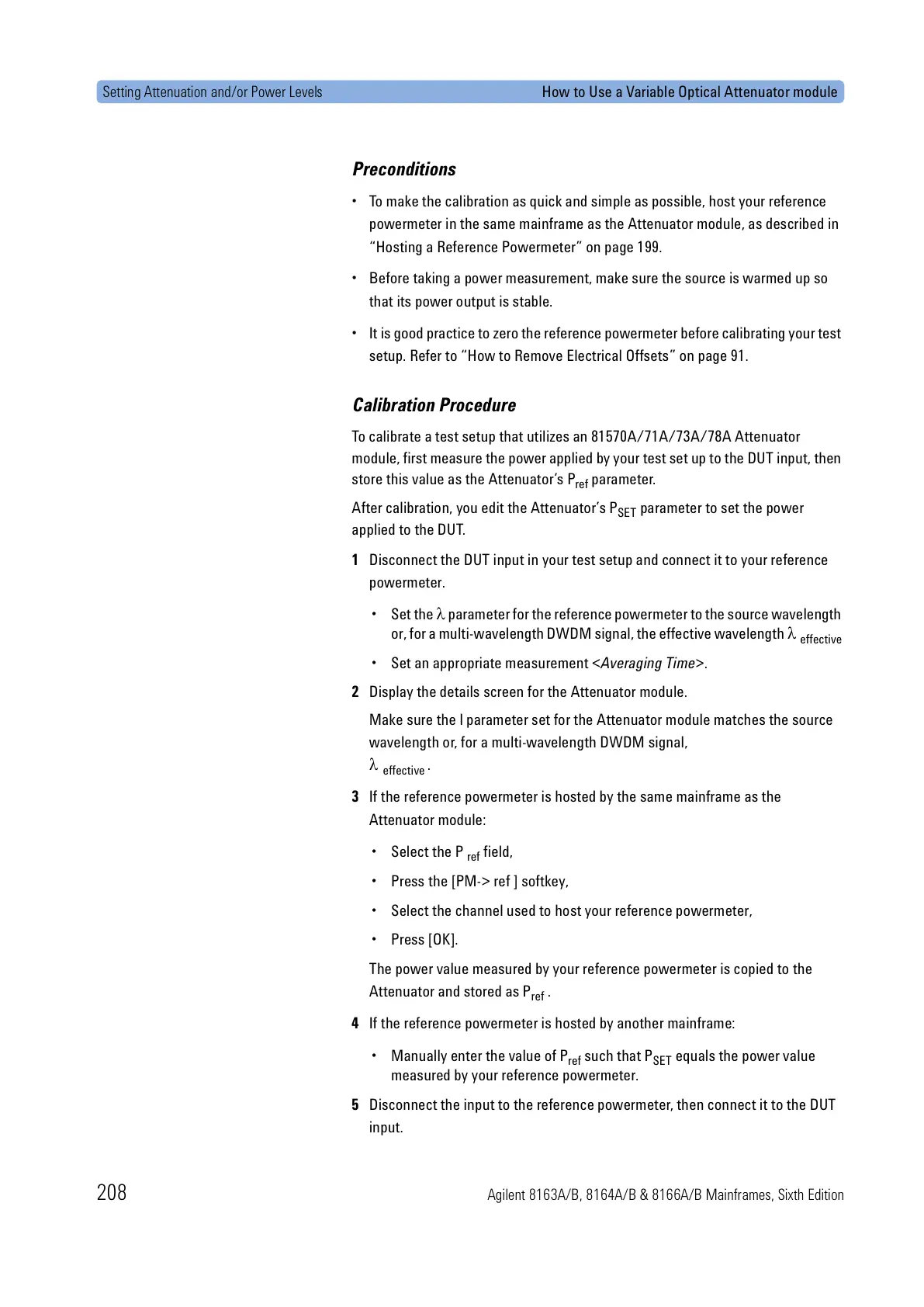